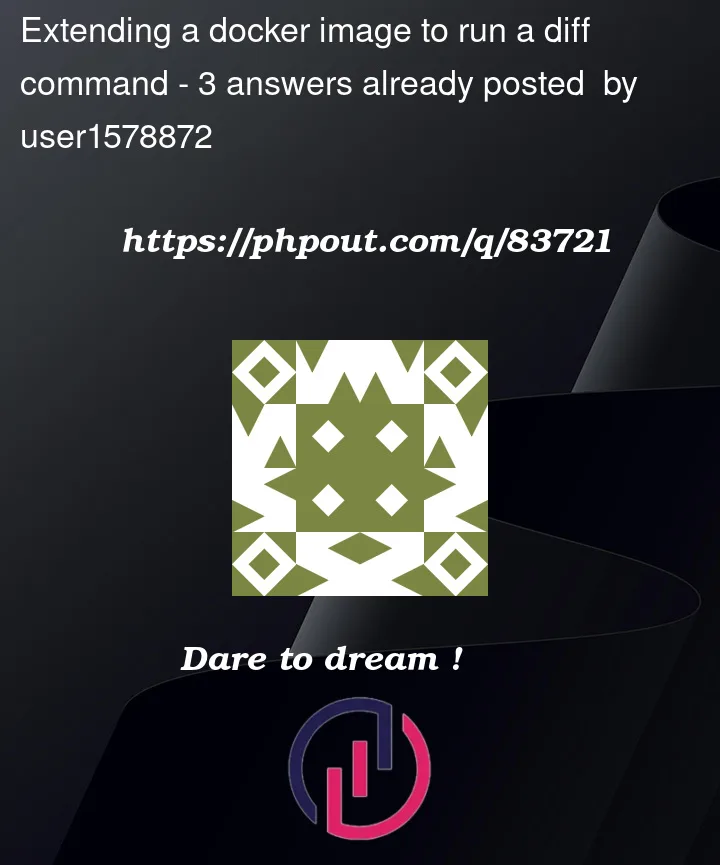I have a docker file as below.
FROM registry.access.redhat.com/ubi8/ubi
ENV JAVA_HOME /usr/lib/jvm/zulu11
RUN
set -xeu &&
yum -y -q install https://cdn.azul.com/zulu/bin/zulu-repo-1.0.0-1.noarch.rpm &&
yum -y -q install python3 zulu11-jdk less &&
yum -q clean all &&
rm -rf /var/cache/yum &&
alternatives --set python /usr/bin/python3 &&
groupadd trino --gid 1000 &&
useradd trino --uid 1000 --gid 1000 &&
mkdir -p /usr/lib/trino /data/trino &&
chown -R "trino:trino" /usr/lib/trino /data/trino
ARG TRINO_VERSION
COPY trino-cli-${TRINO_VERSION}-executable.jar /usr/bin/trino
COPY --chown=trino:trino trino-server-${TRINO_VERSION} /usr/lib/trino
COPY --chown=trino:trino default/etc /etc/trino
EXPOSE 8080
USER trino:trino
ENV LANG en_US.UTF-8
CMD ["/usr/lib/trino/bin/run-trino"]
HEALTHCHECK --interval=10s --timeout=5s --start-period=10s
CMD /usr/lib/trino/bin/health-check
I would like to extend this Dockerfile and run a run a couple of instructions before running the main command in the Dockerfile? Not sure how to to that.




3
Answers
Since you can only have one CMD statement in a Dockerfile (if you have more than one, only the last one is executed), you need to get all your commands into a single CMD statement.
You can use the ability of the shell to chain commands using the
&&operator, like thisThat will run your commands first before running
run-trinowhich is the current CMD.Whenever you are using a base image, docker throw’s away the last layer of the image. So you can extend that image, by writing your own image.
for example: this is my first image (that i get from a third party, just like you)
I want to extend it, to output hello world instead of hello, so I extend write another docker file like this
and when I build the image and run it,
I get my expected output
Hopefully that helps
If you want to run those commands when the container starts, you can use an entrypoint to leave the original command untouched.
The
exec $@will execute the arguments that were passed to the entrypoint with PID 1. Whatever arguments were provided asCMD, those will be in$@, so you essentially execute theCMDafter theENTRYPOINT, doesn’t matter what this command might be.Create an entrypoint script:
And then you copy that into your build and use it.
If you want to run those commands on build, use a
FROMinstruction and add yourRUNinstructions. The new image will use theCMDfrom the base image. So you don’t need to set anyCMD.